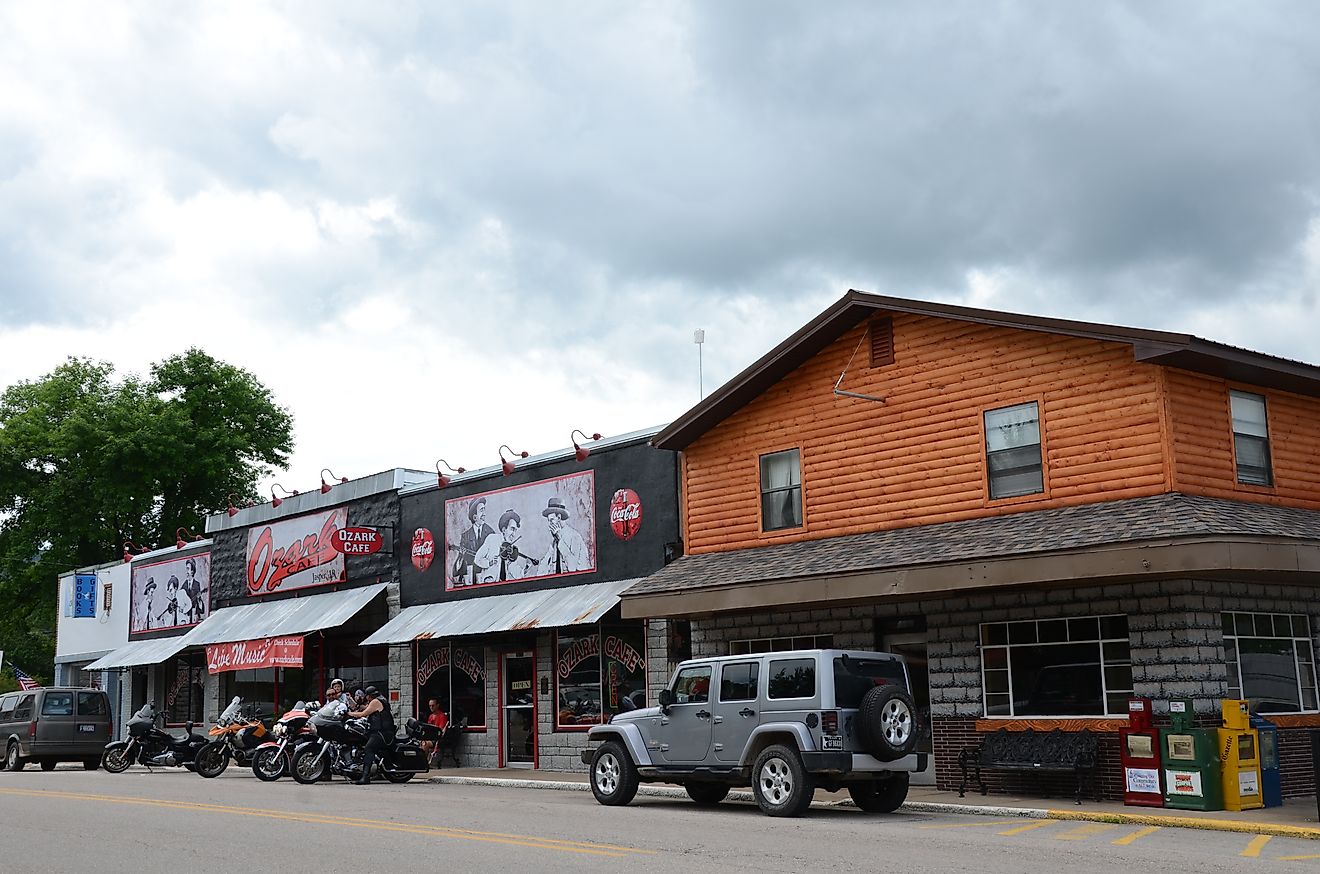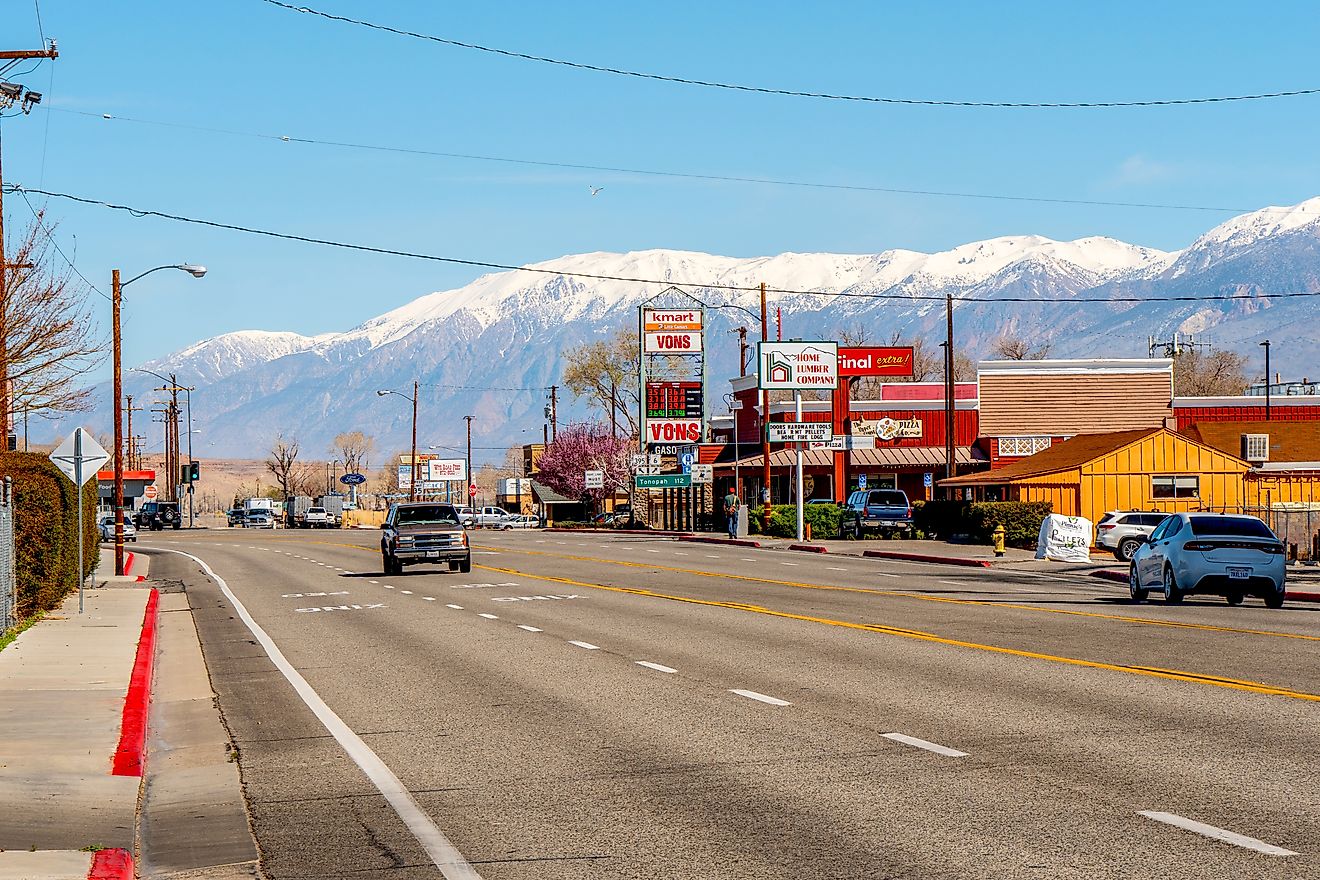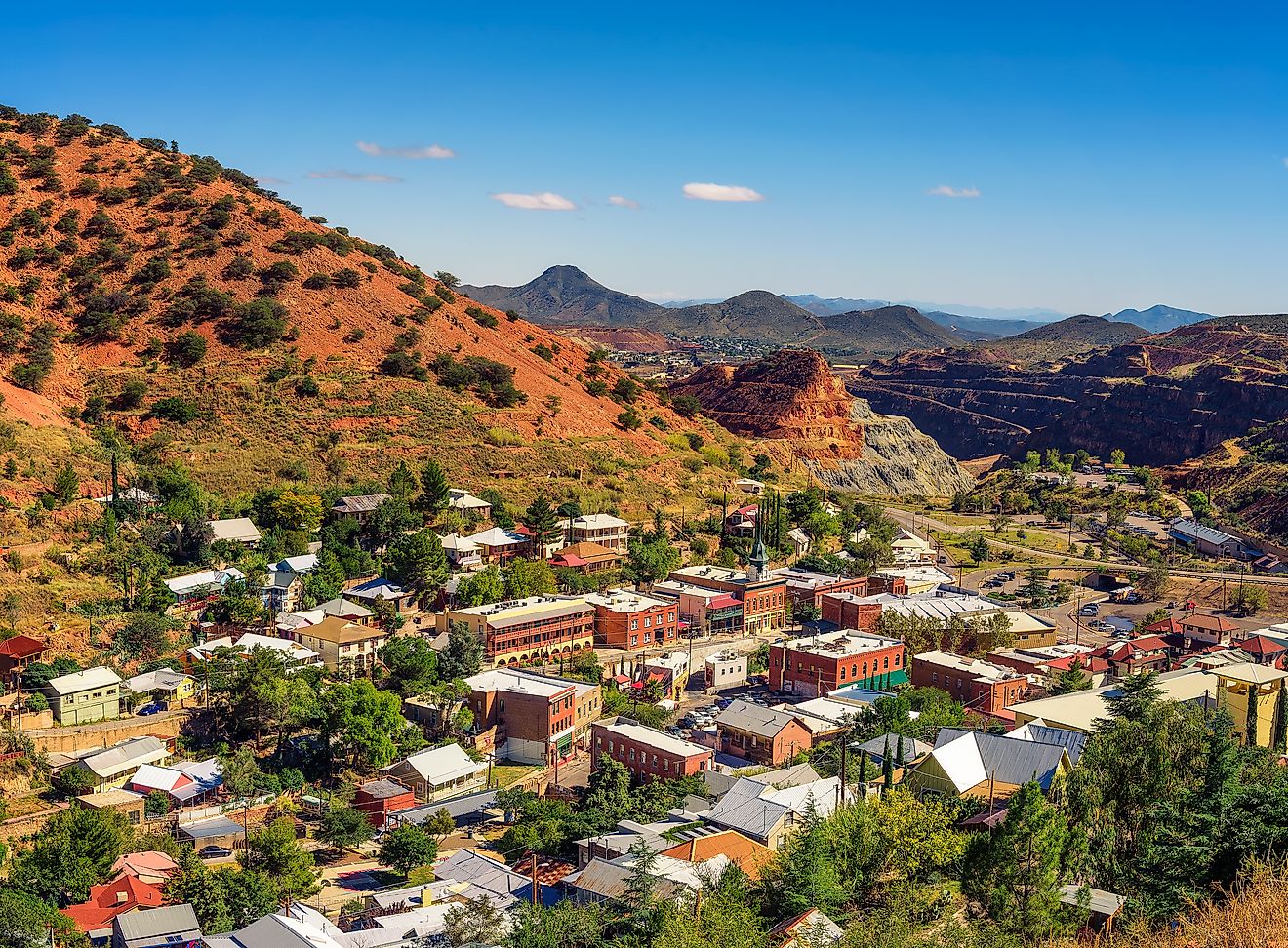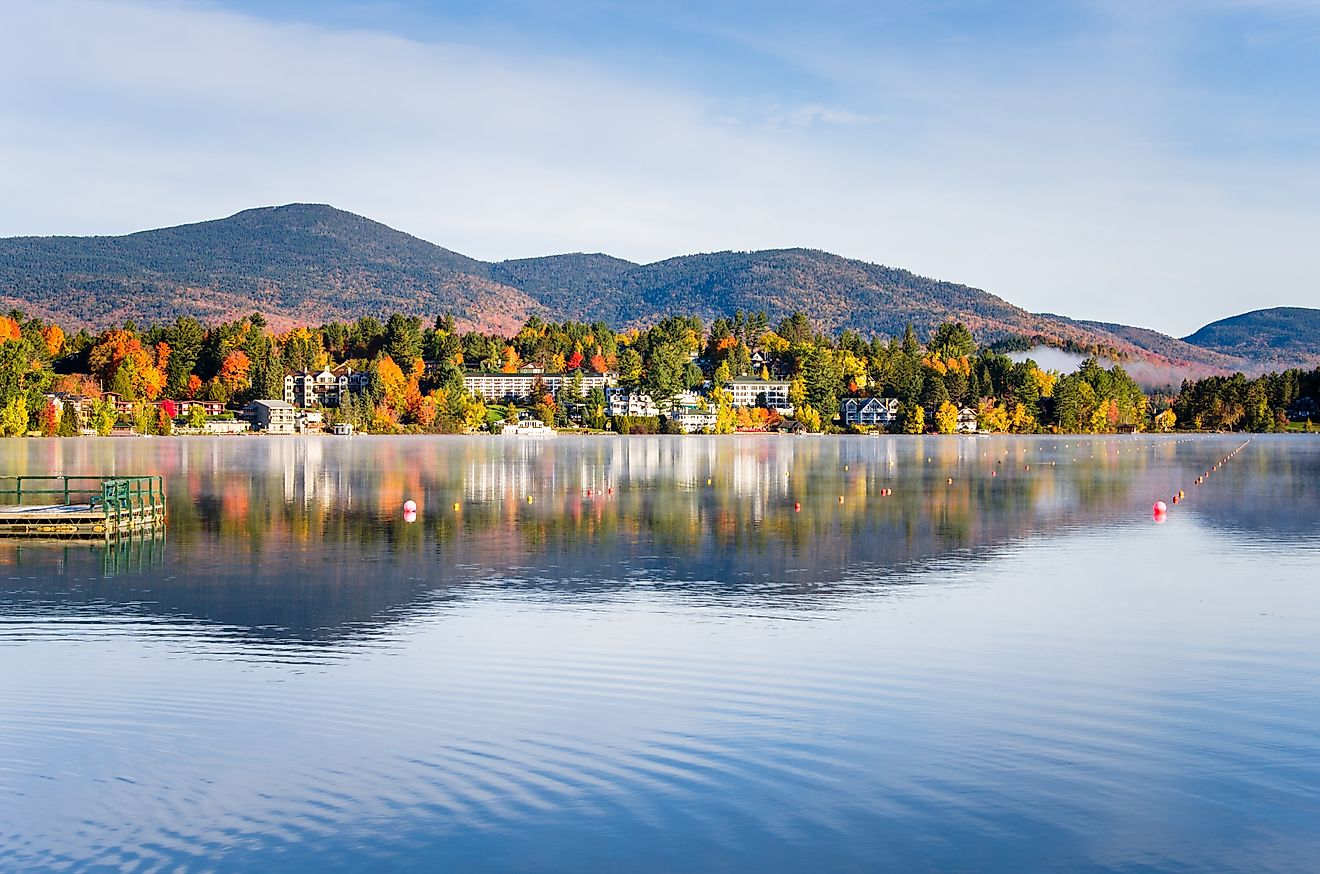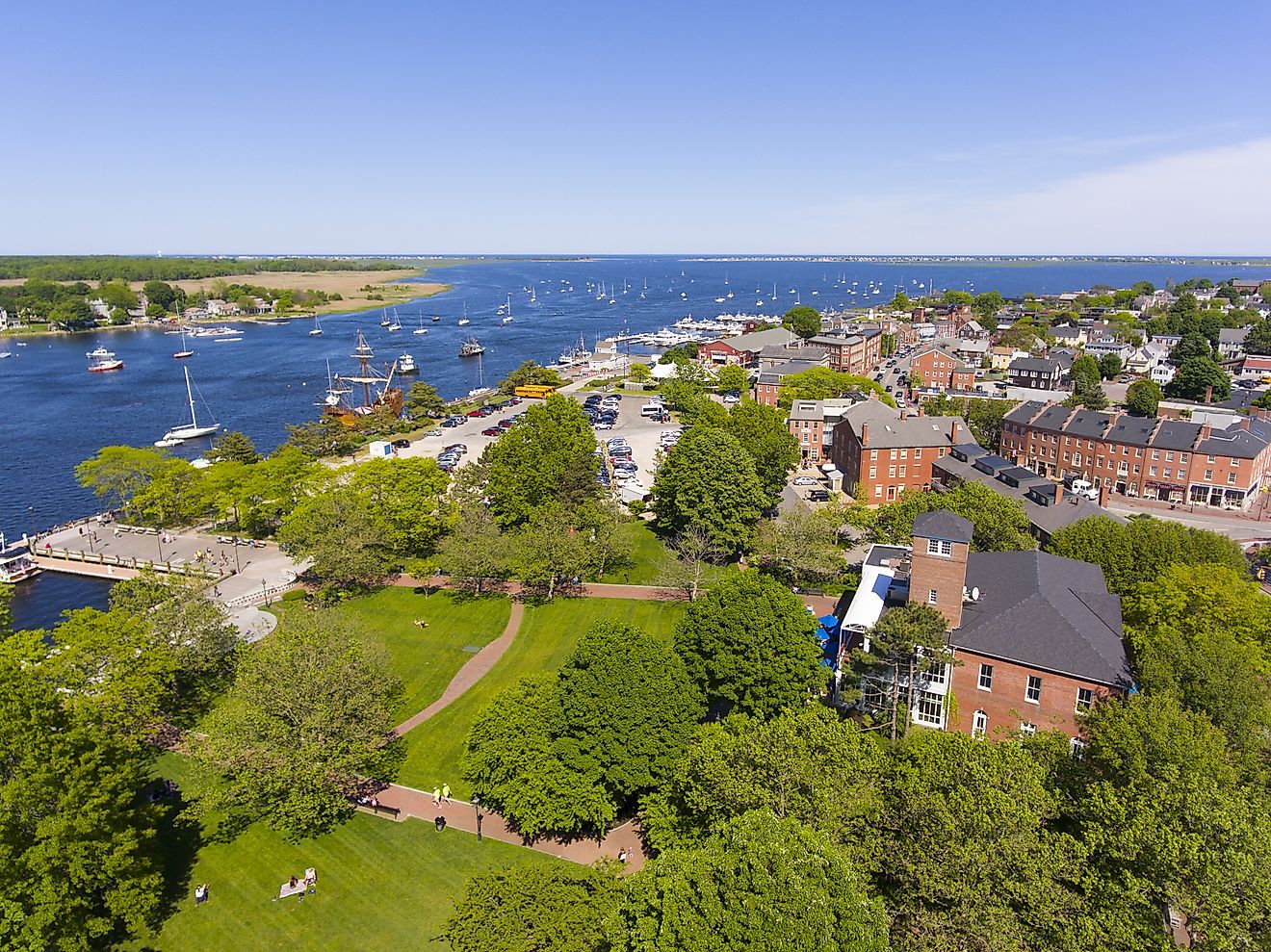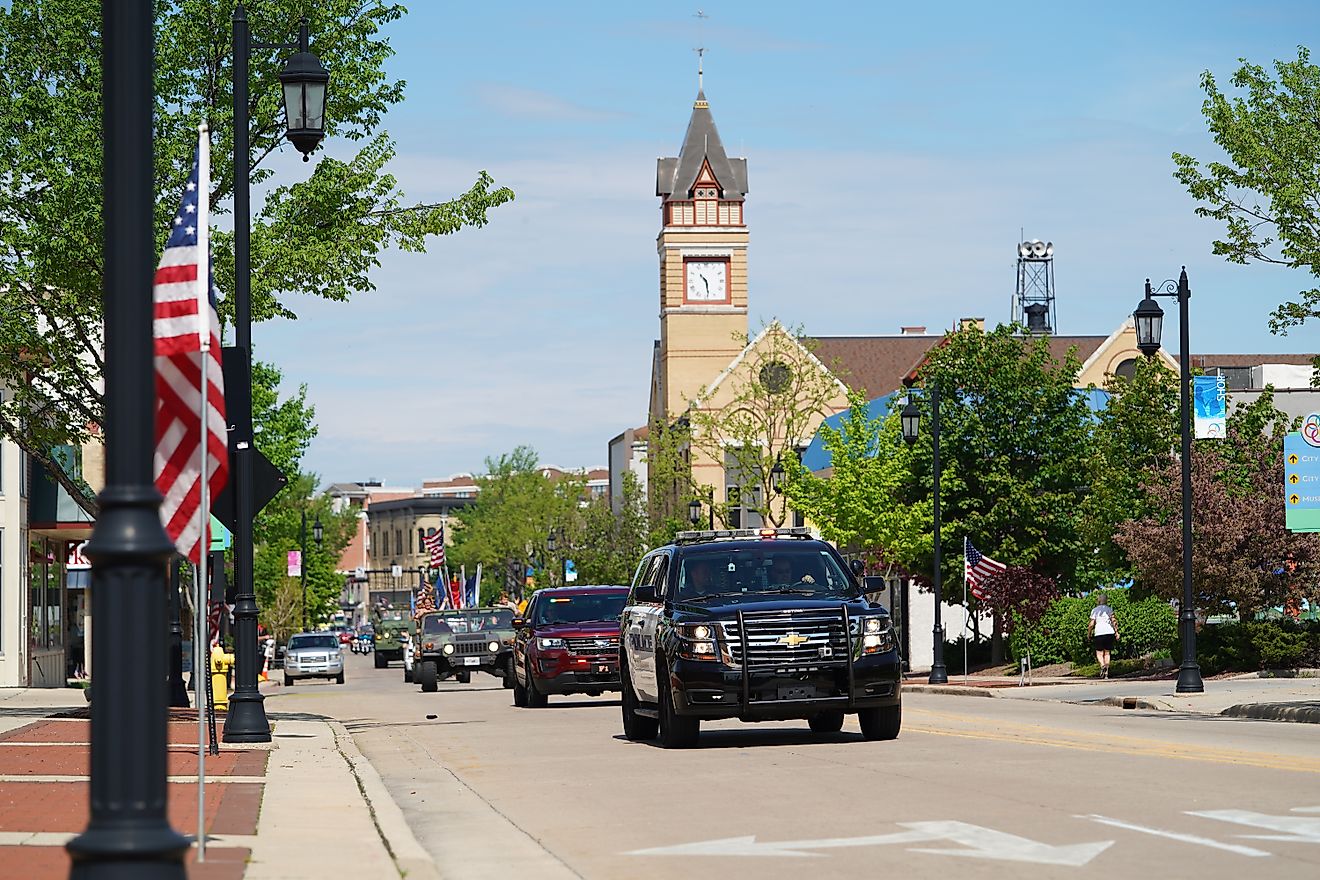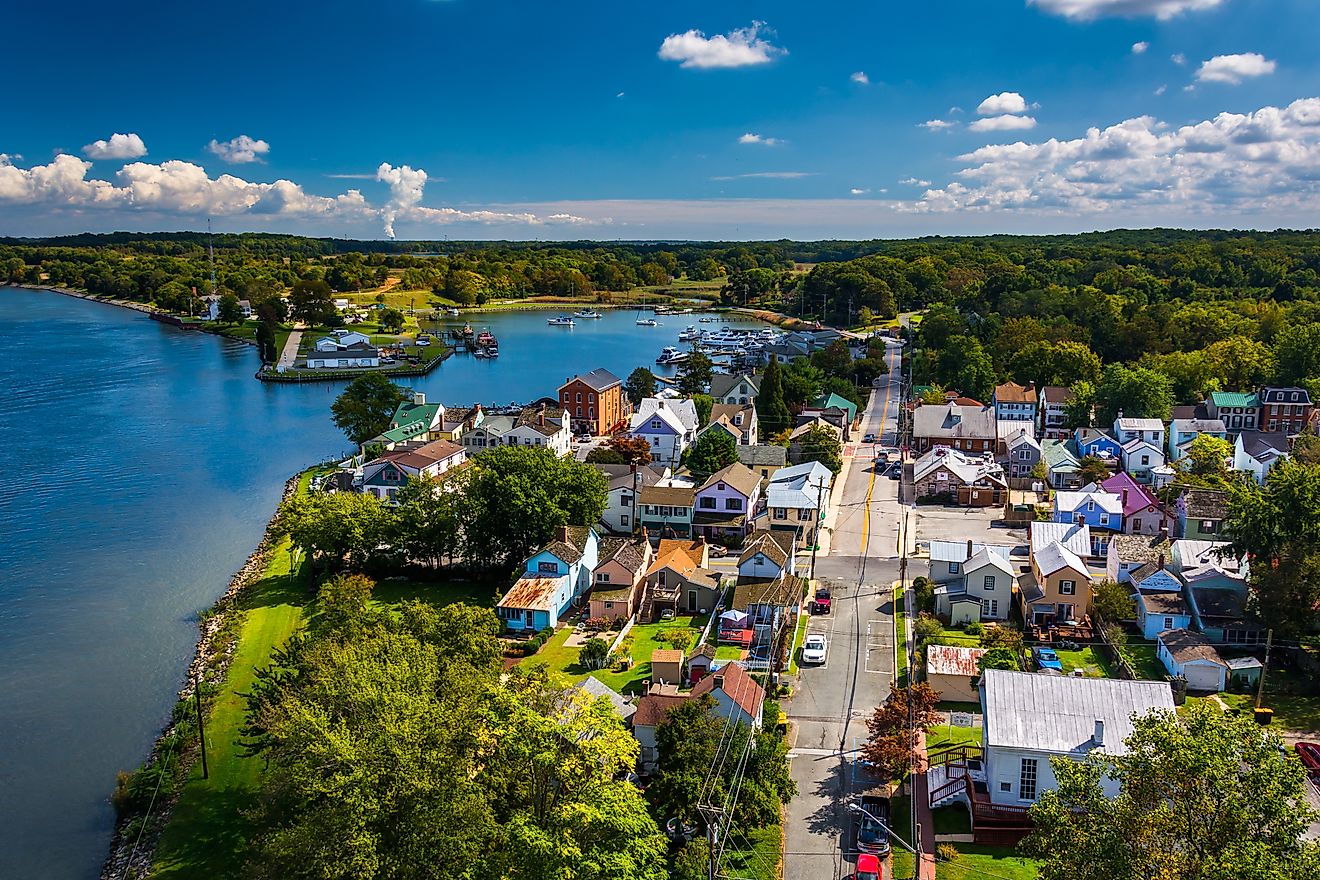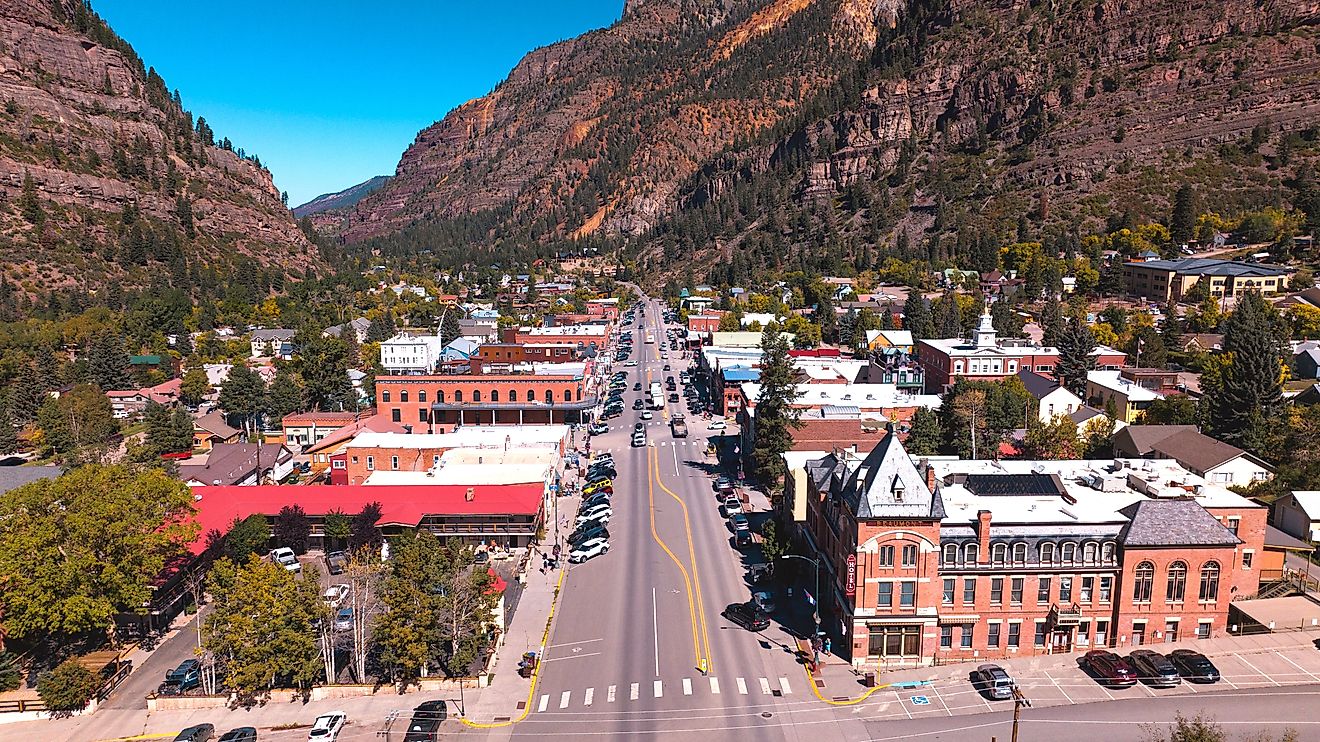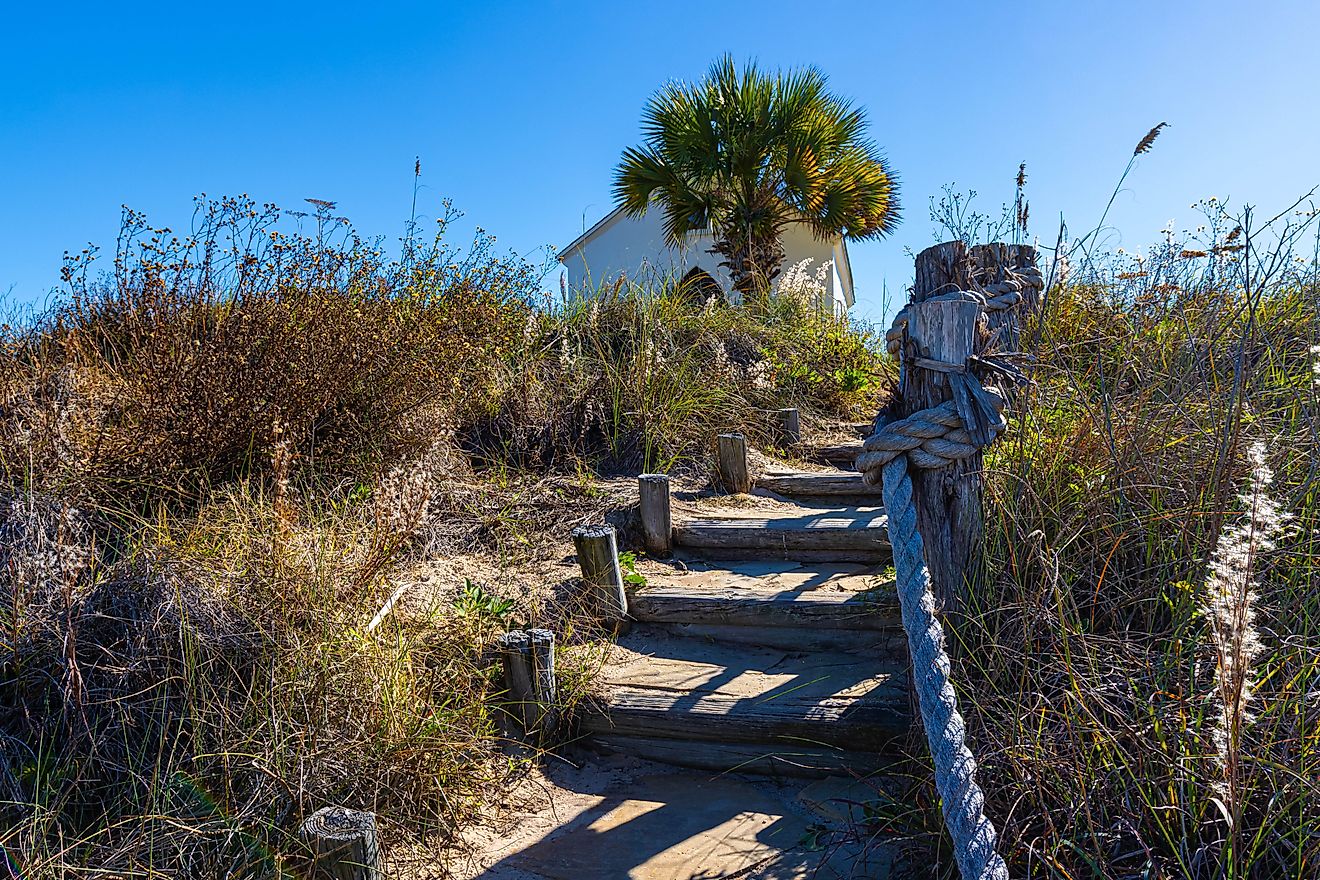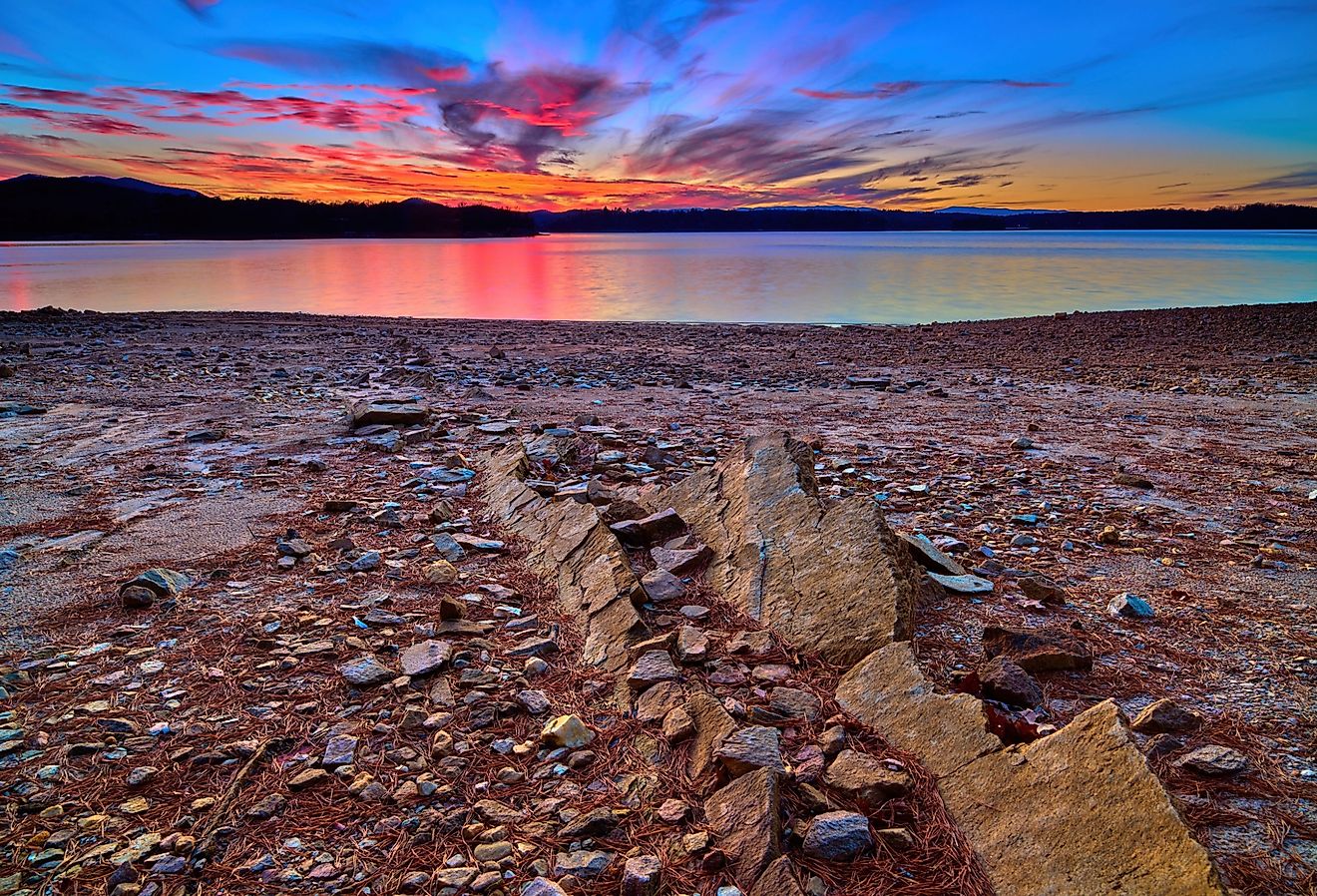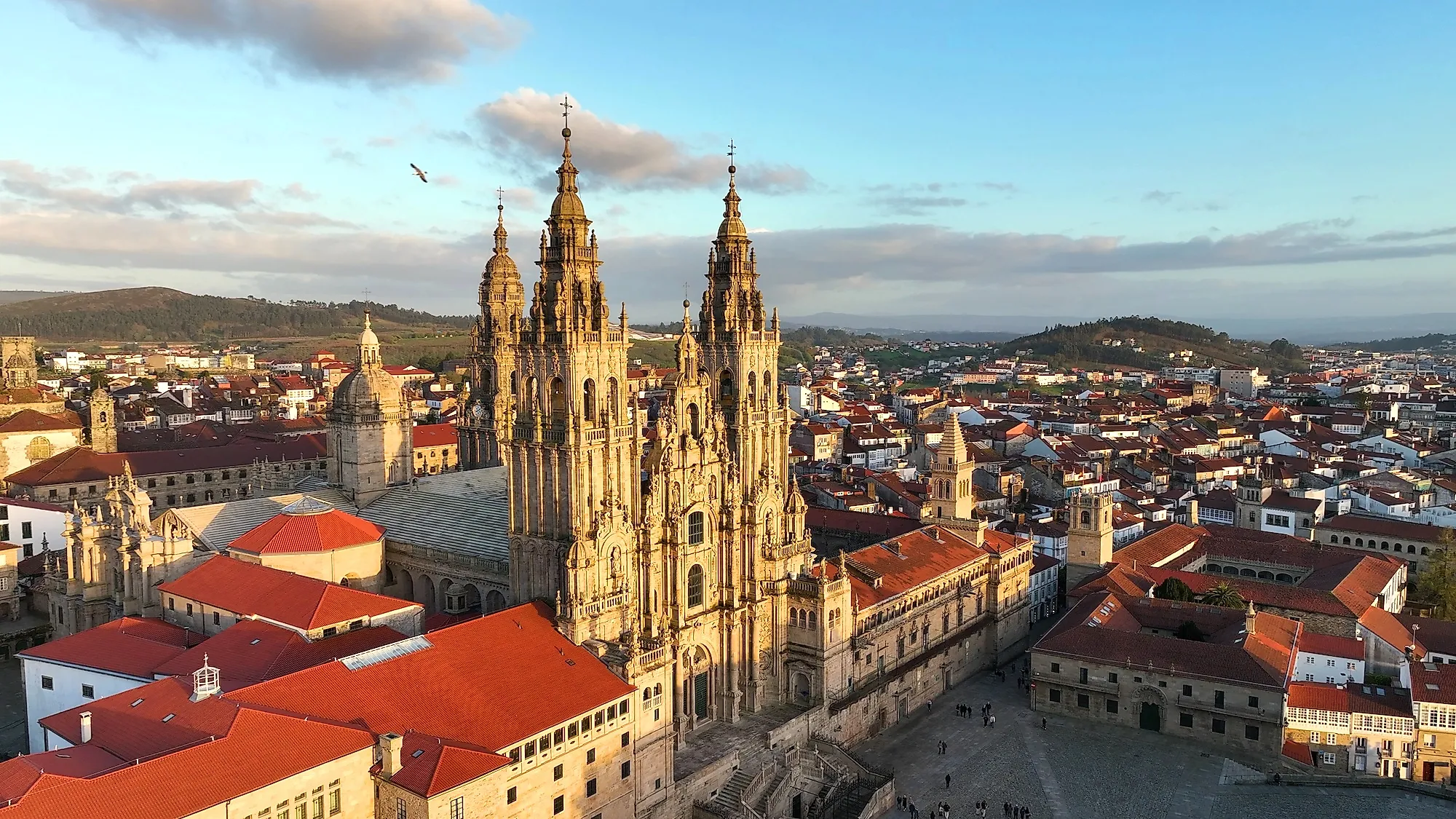
Santiago de Compostela, Spain
Capital of Galicia, a UNESCO World Heritage Old Town, a monumental cathedral that marks the end of the line for the Camino de Santiago (also a World Heritage Site), and an all-around gorgeous, authentic, and ever-evolving layout, Santiago de Compostela is one of Spain's great cities. Formally founded in the 9th century, under circumstances blurred by legend but supported by the faith of millions, this site has grown to be the political and financial epicenter for the country's multicultural/multilingual, Northwesternmost autonomous community – giving a vibrant home to just less than 100,000 residents (as of the 2020 estimates). And given the ever-growing influence of the 1,000-year-old pilgrimage, Compostela (as it is also known for short) regularly welcomes anywhere from a quarter of a million to over 400,000 tourists who walk into the heart of town each year from all corners of Spain, as well as other parts of Western Europe.
Geography Of Santiago de Compostela
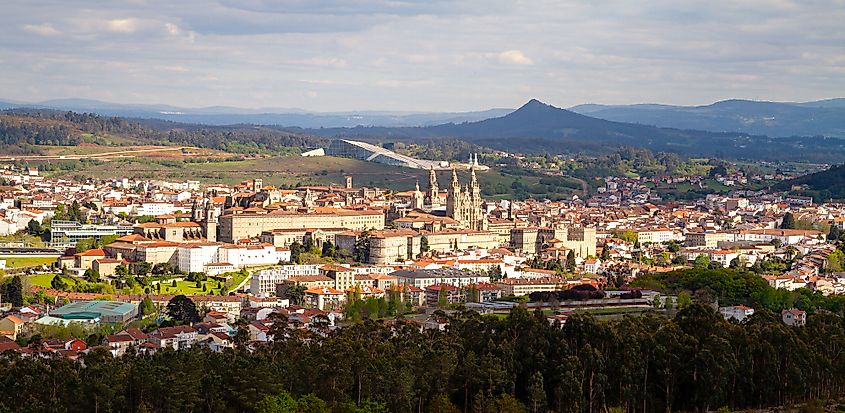
Santiago de Compostela sits in the South-Central portion of the province of A Coruña – the Northwesternmost of four provinces within the autonomous community of Galicia, which itself is the Westernmost political subregion of Spain and of which Compostela is the capital. The city continues to grow just East of the confluence of the Sarela River (that rolls in from the Northeast) and the Sar River (that climbs up from the Southeast).
Compostela is but a stone's throw from Spain's North and West coasts. A Coruña, the capital city of the titular province, is about 75 kilometers (46 miles) North, while Finisterre ("The End of the World") is approximately 82 kilometers (51 miles) West. Both communities stand in immediate opposition to the North Atlantic Ocean. To the South, the Portuguese border, marked by the Spanish municipality of Tui, the Portuguese town of Valença, and the Minho River that divides them, can be reached in a little over an hour, with a steady drive of about 112 kilometers (70 miles). Portugal's second-largest city, picturesque Porto, can be reached by high-speed, due-South rail in about five hours (including the necessary changeover in Vigo), while the Spanish capital of Madrid can be reached by rail in just over three hours (to the Southeast), with just two stops en route. Compostela also has its own international airport – the second-largest in Northern Spain behind Bilbao.
A Brief History Of Compostela
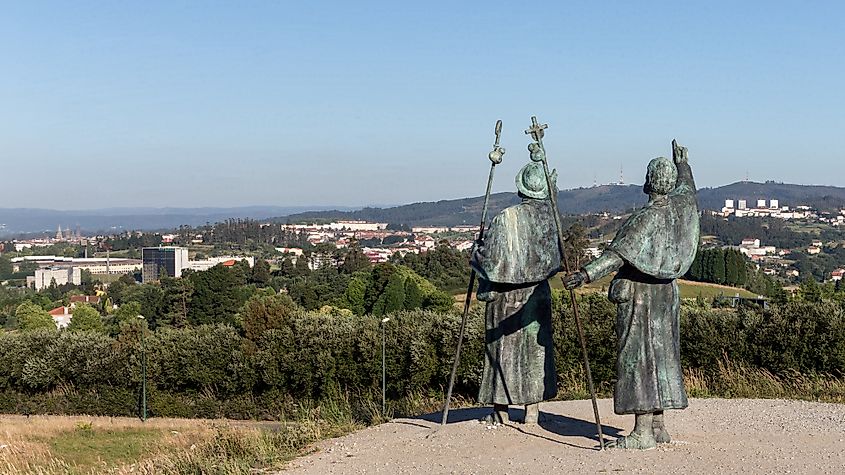
Though various cultural groups have been active in the Northwestern Iberian Peninsula throughout the millennia, the story of Santiago de Compostela begins in the early 9th century. When it comes to important religious events, it is understandably difficult to separate fact from faith. For instance, it is said that between about 813 and 830 AD, mysterious lights led a hermit by the name of Pelagius (or Paio) to a Roman acropolis hidden within a forest, where a forgotten tomb was specifically illuminated. Pelagius reported his findings to a bishop by the name of Theodemar (or Theodomir) in the nearby village of Iria Flavia. Upon examination, the bishop made the determination that this site bore the remains of Saint James the Greater – one of Jesus' twelve apostles.
Christian tradition says that St. James had brought the Word to the people of finis terrae (meaning "End of the World," as it was, at the time, the edge of the known world) – the modern-day fishing/tourist town of Finisterre (or Fisterra). After the beloved apostle was beheaded in Palestine, his supporters committed to bringing his remains to (or at least very near to) the furthest reaches of his sermons.
Alfonso II, King of Asturias and Galician, is said to have taken the first pilgrimage to the holy site via a route now known as the Camino Primitivo (Primitive Way). Upon arrival, he established a basic church (the predecessor to the great cathedral that stands today) in 834, as well as the monastery of San Paio (which is still operational), so that an order of monks could guard the remains. But as news spread across the land, more and more pilgrims flocked to this humble settlement. Therefore, in 874, Alfonso III ordered the construction of a larger church to accommodate the escalating traffic.
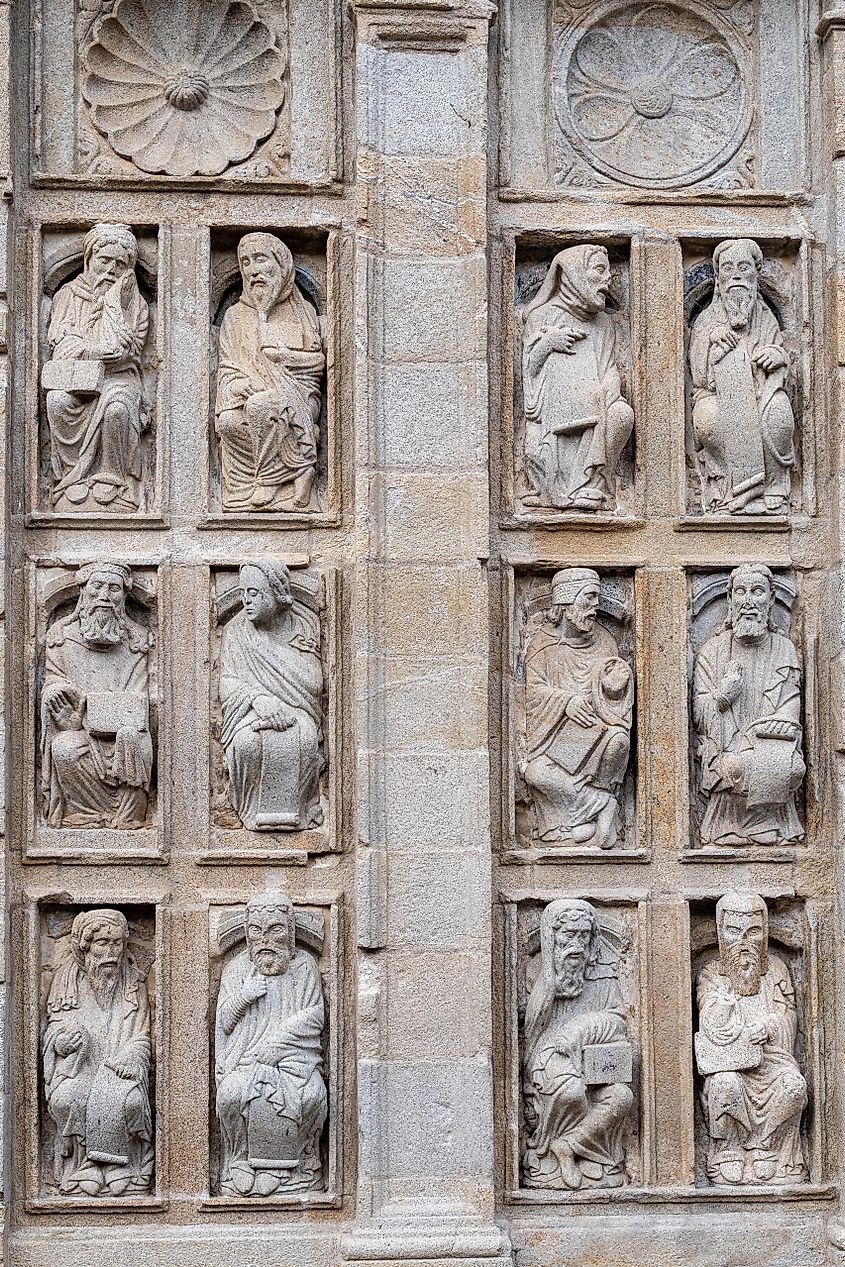
At the end of the 10th century, Compostela was destroyed by the army of Almanzor (the ruler of Andalusia and Islamic Iberia). This was a pivotal event in the eight-century-long conflict between Muslim and Christian kingdoms known as the Reconquista. Thankfully, the tomb of Saint James was spared, and so when the Christians recovered the site, fortifications were significantly ramped up.
In 1075, under the orders of Alfonso VI, construction began on the Cathedral de Compostela, as well as protective walls to protect the expanding city. The church was consecrated in 1211 but continued to expand under the vision of various architects (and then eventually restored in multiple efforts), giving it both a striking and eclectic aesthetic.
By the twelfth century, Compostela was in its heyday. At this point, another Camino de Santiago pilgrimage, the Camino Frances (French Way), had come into full effect – traversing the regions of Aragon, Navarre, La Rioja, Castilla y León, and of course, Galicia – catalyzing the growth of many classic Camino towns in the process, such as St.-Jean-Pied-de-Port, Pamplona, Logroño, Burgos, León, Astorga, Ponferrada, and Sarria, to name a few. The publication of the first Camino guidebook (so to speak), the Codex Calixtinus, drew extra attention to the pilgrimage and its famous endpoint, Santiago de Compostela.
The history of Compostela, like the history of so many important places, assumed an undulating trajectory. After a substantial period of decline, the relics of the Apostle St. James were rediscovered in 1879 and authenticated by the Pope of Leon XIII shortly thereafter – thereby reigniting interest in the site. The 1980s also boosted the notoriety of Compostela. This decade saw the city elevated to the Galician capital, and UNESCO designated the Old Town as a World Heritage Site (the Camino de Santiago received the same honors in 1993).
Tragically, on July 24, 2013, one of the country's worst train accidents occurred just outside of the city. The night before the Festivities in honor of Santiago Apostol (aka the Festival of Saint James or the Feast of Saint James), a fully loaded train went off the rails, killing 77 people and injuring another 140.
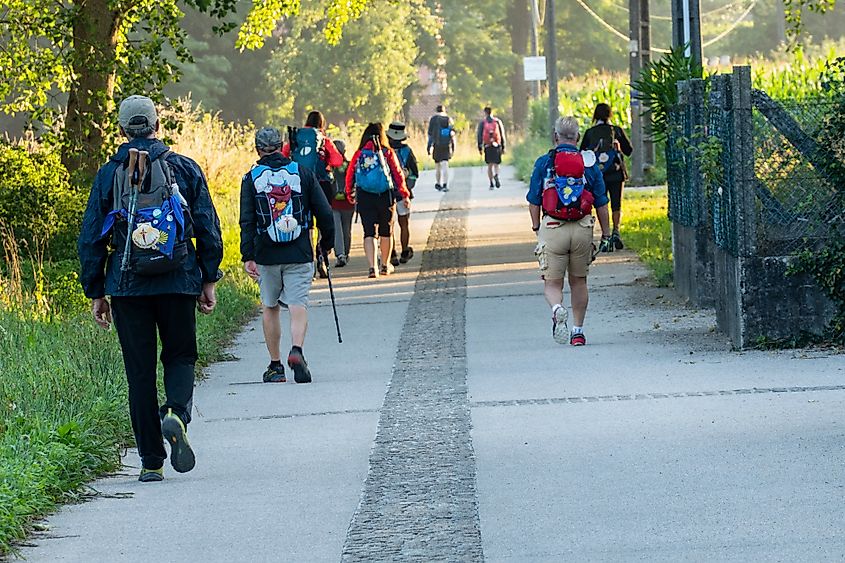
Today, Santiago de Compostela enjoys a well-rounded reputation. Because it is visited by hundreds of thousands of pilgrims each year, Compostela is considered by many authorities to be in the same conversation as Jerusalem and Rome in terms of spiritual significance. The city, being an autonomous community capital, is naturally of great political and financial importance. And owing to the esteemed University of Santiago de Compostela, which began early operations in 1495 (making it one of the oldest in the world to continuously operate) and now welcomes tens of thousands of students, Compostela also enjoys much academic acclaim.
Attractions In Compostela
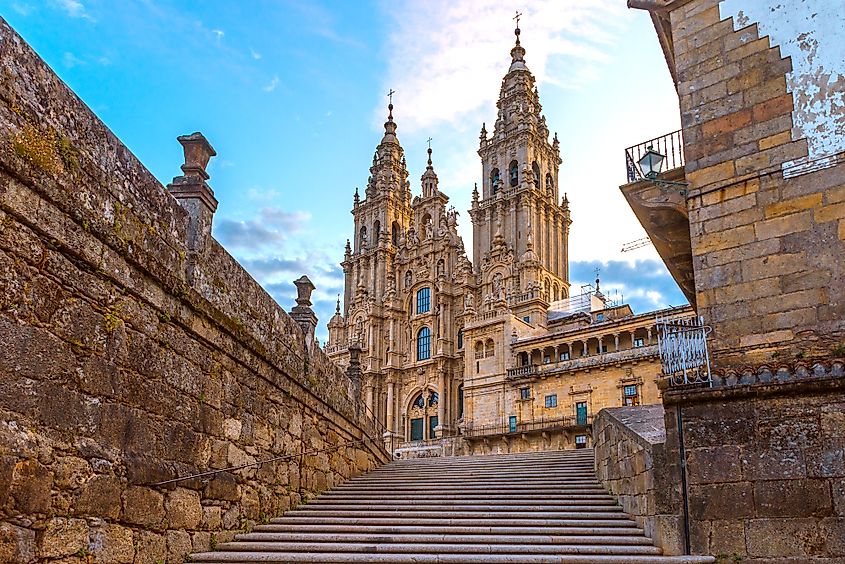
The pulse of the city is undeniably the Cathedral of Santiago de Compostela. This triumph of Romanesque architecture stands at 76 meters (249 feet), which at one point made it Europe's tallest building. Its Spanish Baroque Western facade forms the Eastern side of the Praza do Obradoiro – the gathering point for weary pilgrims and awestruck tourists. Marking this West (i.e., main) entrance is the revered Pórtico de la Gloria (Porch of Glory) – constructed by Master Mateo between 1168 and 1211 and showcasing 200 exquisitely-crafted sculptures (in reference to the Apocalypse), as well as the welcoming Saint James, all done in the Romanesque style. Inside, the tomb of Saint James lies below the main Baroque-style altar.
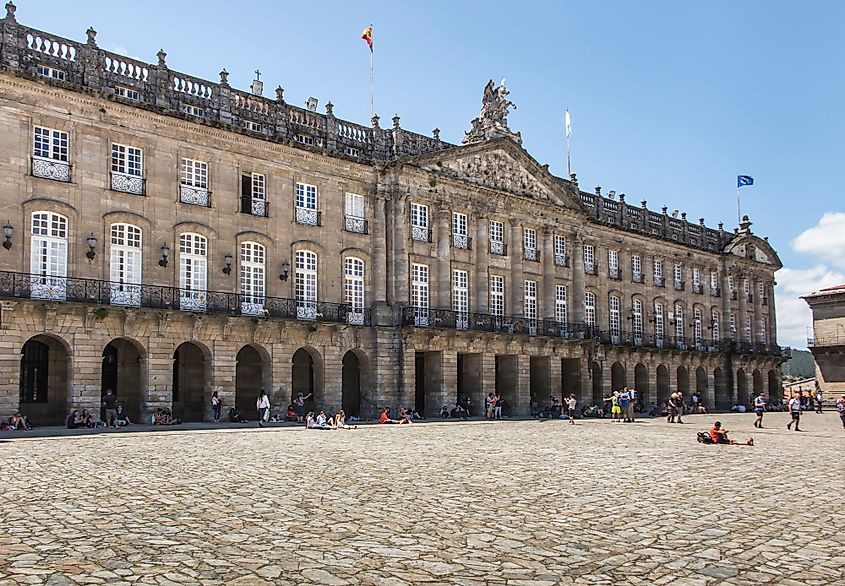
The mix of Romanesque, Baroque, Gothic, Plateresque, and Neoclassical architectural expressions spreads from the cathedral and into the bustling square and medieval streets of the Old Town. Directly across from the cathedral is the bold, Neoclassical facade of Pazo de Raxoi (Raxoi Palace) – a former seminary, built in 1766, that now operates as City Hall and seat of the Galician government. Adjacent to the palace is Hostal de los Reyes Católicos – a 15th-century Gothic building with a 16th-century Plateresque façade that once acted as a pilgrim's hostel and is now a high-end Parador (hotel). This collection of monuments is what compelled UNESCO to designate the entire Old Town as a World Heritage Site. But the action does not stop there. Narrow, pedestrian-friendly streets branch off in all directions, revealing more arresting structures from the Middle Ages, plus a mix of restaurants, cafes, souvenir shops, and all the other fixings of an infectious tourist town/cultural hub.
Pilgrims wanting to delve deeper into their experience or tourists curious to learn more about why so many backpackers have walked into town should head over to the Museo das Peregrinacións e de Santiago (Museum of Pilgrimage), located just off the Southeast corner of the main plaza. To escape the zealous crowds and bask in some greenery for a moment, veer Southwest of Praza do Obradoiro and make for Parque da Alameda. This large, well-designed 16th-century park offers a different kind of spiritual refuge. It also provides an excellent viewpoint from which to take in the towers of the main cathedral.
The Food and Festivals of Compostela

Spain is famous for its delectable small plates, known as tapas, or in Basque Country, pintxos (pinchos). But the autonomous community of Galicia also specializes in boiled octopus, known generally as "Galician style" and locally as pulpo á feira ("fair style"). Galician veal cutlet, Celtic pork stew, and traditional sausages are other regional dishes from the meat-eaters persuasion. But the year-round temperate climate also fosters a nice range of produce, which makes its way into Galician broth and another common plate found in Compostela: menestra de verduras. Galicia is also no slouch when it comes to dessert, namely queso de membrillo (Galician cheese and quince paste) and filloa (crepes).
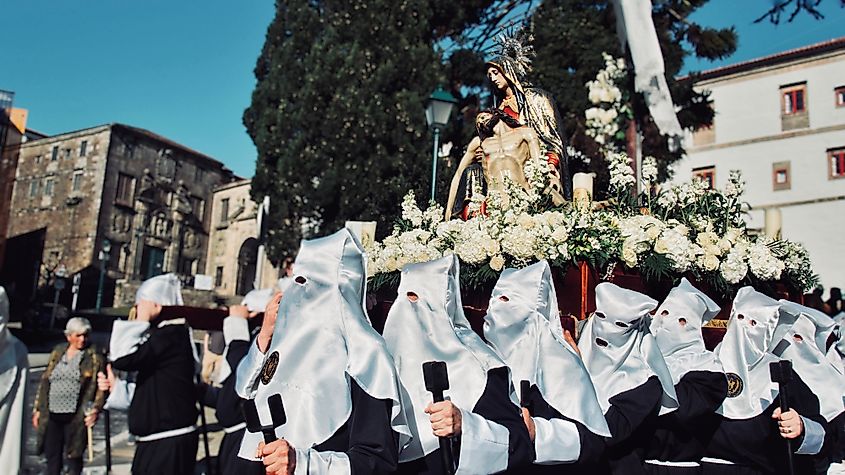
Every day is a good day to bring an appetite to Compostela, but from October 26 - November 12 (2023), grab hold of a "Tapasportes guide" and taste-test as many of the 40+ participating establishments as they put their best small plates forward in the Santiago(é)Tapas competition/festival. Or, come springtime (May 16th - 21, 2024), the Ascensión Festivities bring concerts, theater, parades, a cattle fair, equestrian shows, and the aforementioned pulpo á feira in endless supply.
And finally, the biggest event of the year is the Feast of Saint James (or Saint James' Day), which honors the patron saint of not only Compostela and Galicia but all of Spain. June 25, 2024, will be the big day next year, but there are also ten days' worth of mixed-medium events that take over the city in the lead-up. The collective summer celebration is considered a festivity of international tourist interest.
Santiago de Compostela was founded around religious folklore and continues its legendary reputation for a whole host of other reasons. The main draw continues to be the Camino de Santiago pilgrimages, which bring committed and often pious wanderers from all over Spain, Portugal, and France to the doorstep of the massive 11th-century cathedral where the remains of Saint James are said to rest. But however you get there, the mix of religious history, Galician culture and cuisine, architecture, and electric atmosphere is sure to cement Compostela as one of the highlights of Spain.
Buen Camino!
